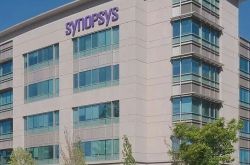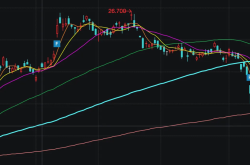Low-Speed Unmanned Vehicles vs Passenger Vehicle Autonomous Driving: Distinct Roles and Capabilities
![]() 07/15 2025
07/15 2025
![]() 523
523
Introduction
As Cainiao's unmanned vehicles gently deliver packages within communities, and Baidu's Luobo Kuaipao speeds through city streets, one might assume they are both forms of "autonomous driving" with little distinction. However, the technical nuances between the two are as vast as the difference between a community security guard and a special forces soldier.
Low-speed autonomous vehicles (such as unmanned delivery vehicles and park inspection robots) resemble community security guards, patrolling known territories and managing routine tasks like "Zhang San walking his unleashed dog" or "Li Si's package left at the door," requiring minimal complex skills. Conversely, passenger vehicle autonomous driving (like Robotaxis and intelligent driving vehicles) mirrors special forces, adept at handling sudden scenarios like "pedestrians darting out," "trucks cutting in," and "red lights obscured by heavy rain" on perilous open roads, demanding a comprehensive skill set.
Today, Unmanned Vehicles delves into this topic with you!
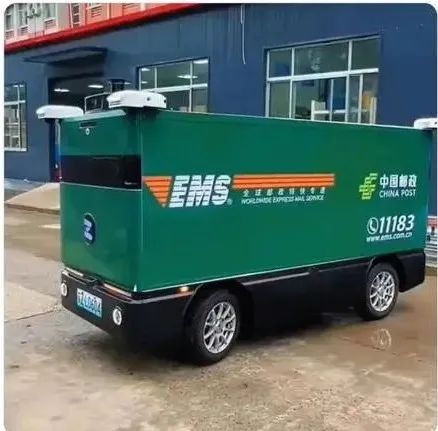
I. Perception: Low-Speed Vehicles Rely on "Short-Sightedness," While Passenger Vehicles Demand "Clairvoyance"
In terms of perception, the "vision" of low-speed unmanned vehicles and passenger vehicles operates on entirely different scales.
1. Low-speed unmanned vehicles primarily operate within enclosed parks, communities, and warehouses. Even when unmanned delivery vehicles traverse open roads, they do so at slow speeds and in straightforward environments, akin to "open-book exams." For instance, a popular unmanned delivery vehicle employs short-range LiDAR (with a detection distance of 10 meters), ultrasonic sensors (measuring obstacles within 3 meters), and two high-definition cameras to read ground QR codes. This setup costs under $5,000 yet effectively avoids sudden rushes by children and roadside trash cans.
Yunda's unmanned vehicles in Hefei Baohe Wanda operate with this "short-sighted" combination, completing eight community rounds daily without collision.
2. Passenger vehicle autonomous driving faces "full-screen attacks" on open roads. Baidu's sixth-generation unmanned vehicle is equipped with four 128-line LiDARs, capable of detecting electric vehicles up to 200 meters away. During Wuhan Yangtze River Bridge's morning rush hour, Luobo Kuaipao's sensors must simultaneously handle "a truck suddenly changing lanes on the right," "a pedestrian running a red light on the left," and "the traffic light ahead turning yellow." Slightly reduced vision could instantly lead to accidents. While Tesla's FSD relies solely on vision, its 12 cameras provide 360-degree coverage, even recognizing road markings on rainy days.
3. The cost disparity is even more striking:
Perception hardware for low-speed unmanned vehicles typically accounts for 10% of the total vehicle cost, whereas for passenger unmanned vehicles, LiDAR alone comprises 30% (e.g., the cost of a single LiDAR for Waymo's fifth-generation vehicle once reached $70,000).
This is akin to a community security guard needing only ordinary sunglasses, whereas special forces soldiers must be equipped with night vision goggles and thermal imaging cameras—not because they wish to save money, but because their environment demands "full armament."
II. Localization: Low-Speed Vehicles Rely on "Road Signs," While Passenger Vehicles Need "Satellite Navigation + High-Precision Maps"
Imagine asking a community security guard for directions; they might say, "Go straight and turn right at the third trash can." However, if you ask a special forces soldier about raiding a target, they'll pull out a satellite map and mark the coordinates.
The logic of autonomous driving localization follows a similar pattern.
1. Low-speed unmanned vehicles rely entirely on "recognizing road signs" for localization. JD Logistics' unmanned light trucks operate in parks without needing high-precision maps; ground QR codes serve as "road signs"—the vehicle's bottom camera scans them to know "it's now at the entrance of Warehouse A3, and the next stop is Station B5." Even with weak GPS signals, they can estimate position using wheel speed sensors and low-cost IMUs (inertial measurement units), with errors of 10-20 centimeters being entirely sufficient. Yunda's unmanned vehicles in rural dirt roads in Longxi, Gansu, rely on roadside telephone poles and wall slogans as references, achieving stable localization.
2. Passenger unmanned vehicle localization demands "millimeter-level precision."
Baidu's Luobo Kuaipao uses RTK-GNSS (Real-Time Kinematic Global Navigation Satellite System) in Wuhan, combined with high-precision maps, achieving centimeter-level localization accuracy—this means when changing lanes on the Yangtze River Bridge, it can precisely stay in the lane center with an error no greater than 5 centimeters.
The third-generation domain controller tested in Hong Kong is even more advanced, fusing LiDAR point clouds and roadside equipment data to calibrate even slope changes at sharp turns in real-time. A localization error of 10 centimeters could lead to a high-speed crash into the guardrail.
3. The crux of this difference lies in "scenario controllability": Low-speed unmanned vehicles operate primarily within "familiar societies," navigating even with eyes closed; passenger unmanned vehicles, however, face mostly "unfamiliar societies" and must rely on satellites and maps for precise navigation.
III. Decision Making and Planning: Low-Speed Vehicles Are "Scripted," While Passenger Vehicles "Improvise"
If decision making and planning are compared to "problem-solving approaches," low-speed unmanned vehicles are actors reading from a script, whereas passenger unmanned vehicles are stand-up comedians who must improvise jokes at any moment.
1. Low-speed unmanned vehicle path planning may be as straightforward as "something even an elementary school student can do." SF Express's unmanned vehicles operate in warehouses with preset routes like "from the sorting line to Platform 3." When encountering pedestrians, they stop and wait for 5 seconds before proceeding. The algorithms used are decades old.
Itsun's cleaning robots are even more relaxed, sweeping the park daily according to a fixed route. Even decisions like "bypassing piles of fallen leaves" are hardcoded into the program—after all, with their slow speed, even clumsiness can't lead to significant errors.
The path planning of Jiushi Intelligence, Neolix, Meituan, and Cainiao's unmanned delivery vehicles is relatively more complex, akin to a junior college level.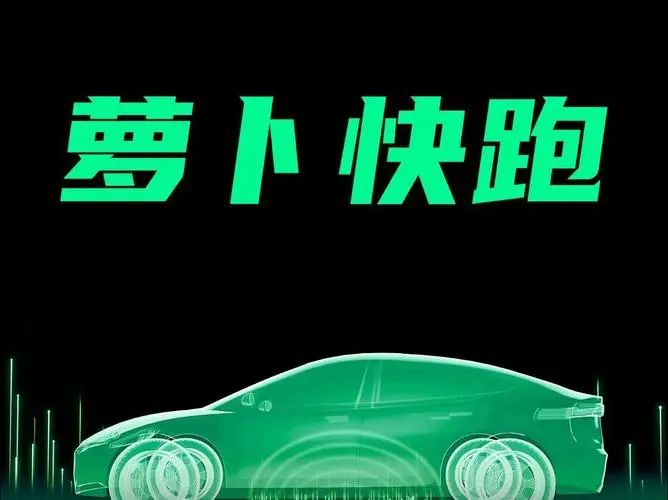
2. Passenger unmanned vehicle decision making requires an "eight-core brain."
At the intersections of Wuhan's Optics Valley and Guangzhou's high-speed rail station, Luobo Kuaipao and Pony.ai's autonomous taxis must simultaneously handle:
Should they rush through if there are only 3 seconds left on the green light for going straight?
Is there a possibility that the bus on the left will suddenly change lanes?
Will the electric scooter hidden behind the zebra crossing run a red light?
In such scenarios, deep learning models predict each traffic participant's behavior, with Model Predictive Control (MPC) adjusting the route in real-time.
During one test, the system predicted a delivery man would run a red light, and Pony.ai decelerated in advance to avoid him, causing the human safety officer to exclaim, "That reaction was faster than mine!"
3. The computing power demand is vastly different: Low-speed unmanned vehicle controllers may have just 10 TOPS (e.g., the chip used in Cainiao's GT-Lite), sufficient for running a simple behavior tree; passenger unmanned vehicles require dual AI chips with a total computing power of 1200 TOPS (Baidu's sixth-generation vehicle) to handle real-time calculations in complex scenarios.
IV. Safety Redundancy: Low-Speed Vehicles "Need a Helmet," While Passenger Vehicles Require "Full Body Armor"
Community security guards may carry just a walkie-talkie while patrolling, whereas special forces soldiers must wear body armor, helmets, and carry first aid kits on missions—the design of safety redundancy in autonomous driving follows similar logic.
1. Low-speed unmanned vehicle safety measures prioritize "just enough." Itsun's cleaning robots are equipped with a "dead man's switch," immediately powering off and braking when someone touches the induction strip on the vehicle's side; a certain brand of unmanned vehicle's bumper is made of foam, so even if it hits someone, it will at most cause pain but not injury. They follow much lower safety standards, typically with an ASIL rating of B (risk acceptable), due to their slow speeds and the minimal impact of accidents, often just a "minor scratch or bump."
2. Passenger unmanned vehicle safety redundancy is "stacking buffs." Baidu's sixth-generation unmanned vehicle has a dual-circuit braking system; if one circuit fails, the other can immediately take over. The sensors also provide "triple insurance"—problems arise only if the LiDAR, cameras, and millimeter-wave radars all fail simultaneously. According to the ISO 26262 standard, it must reach ASIL-D (the highest safety level), with an accident rate one-fourteenth that of human drivers. Tesla's Robotaxi is even more stringent, equipping two steering motors in case one suddenly fails during high-speed driving.
3. Behind this lies the principle that "speed determines risk": A low-speed unmanned vehicle at most has to compensate for a lost package if it collides, whereas a passenger unmanned vehicle at high speeds could cause fatalities, leading to naturally vastly different safety standards.
V. System Integration: Low-Speed Vehicles Are "Assembling Legos," While Passenger Vehicles Are "Building Rockets"
Comparing autonomous driving systems to "building a computer," low-speed vehicles are like assembling Legos with ready-made parts, whereas passenger vehicles are like drawing blueprints and building chips themselves.
1. Low-speed unmanned vehicle system integration is as simple as "modular assembly." A certain brand of unmanned vehicle uses a lightweight ROS 2 framework for software, with sensors procured as ready-made modules. OTA upgrades simply involve updating delivery point coordinates—even if the upgrade fails, rolling back to the previous version has minimal impact. The owner of a delivery depot in Anhui said, "We can even change the battery and calibrate the camera of the unmanned vehicle ourselves, just like fixing an electric bike."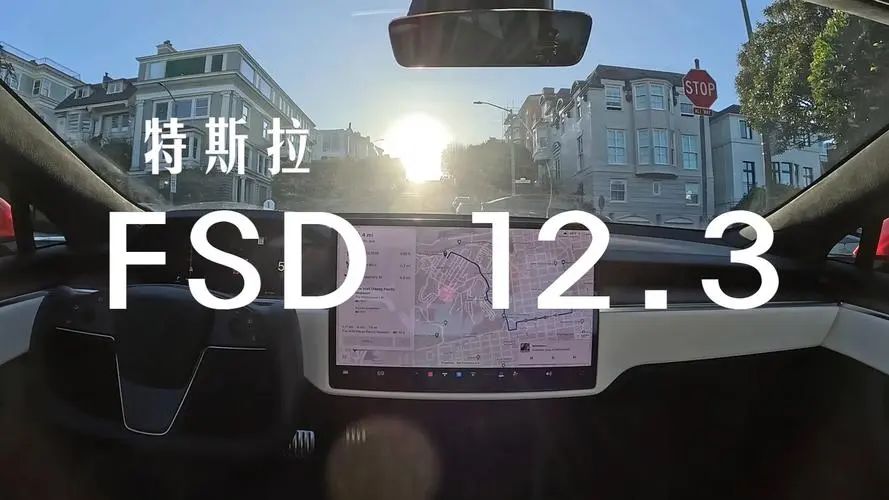
2. Passenger unmanned vehicle systems are "highly interconnected." Tesla's FSD system upgrade requires simultaneous updates to perception algorithms, decision-making models, and chassis control logic, with the entire process undergoing hundreds of tests to avoid issues like "changing the brake program causing acceleration failure." WeRide's OTA is even more complex, with different upgrade packages for vehicles in Guangzhou and the Middle East due to different road conditions—it's like writing different control programs for northern heating and southern air conditioning, doubling the difficulty.
3. The core of this difference lies in "scale and complexity": Low-speed unmanned vehicles prioritize "being cheap and easy to repair," while passenger unmanned vehicles prioritize "being foolproof."
VI. Conclusion: Not About Which is More Advanced, but Which is More Suitable
When Cainiao's unmanned vehicle sells for $16,800, while Baidu's Luobo Kuaipao costs $205,000 per vehicle, one cannot claim the former has "inferior technology"; they are simply "on different battlefields." The core of low-speed autonomous driving is "solving simple scenario problems at the lowest cost"—just like a community security guard, who doesn't need combat skills but can manage the community orderly. The core of passenger vehicle autonomous driving is "using cutting-edge technology to cope with complex challenges"—just like special forces, who must possess a full range of skills to survive. In the future, these two may learn from each other: Low-speed unmanned vehicles may adopt passenger vehicles' lightweight decision-making algorithms, while passenger unmanned vehicles may learn low-speed vehicles' low-cost sensor fusion solutions. But ultimately, there is no "universal technology" in autonomous driving, only "technology suitable for the scenario"—just like you wouldn't ask a community security guard to raid an enemy, nor would you ask special forces soldiers to manage community parking. Each has its own area of expertise. In short, Unmanned Vehicles also believes: The next time you see an unmanned vehicle, don't just focus on "whether there's a driver"; think instead: Is it serving as a security guard in a community or as a special forces soldier in the city? The technical story behind this is far more interesting than the mere term "autonomous driving." Dear reader, what do you think?



